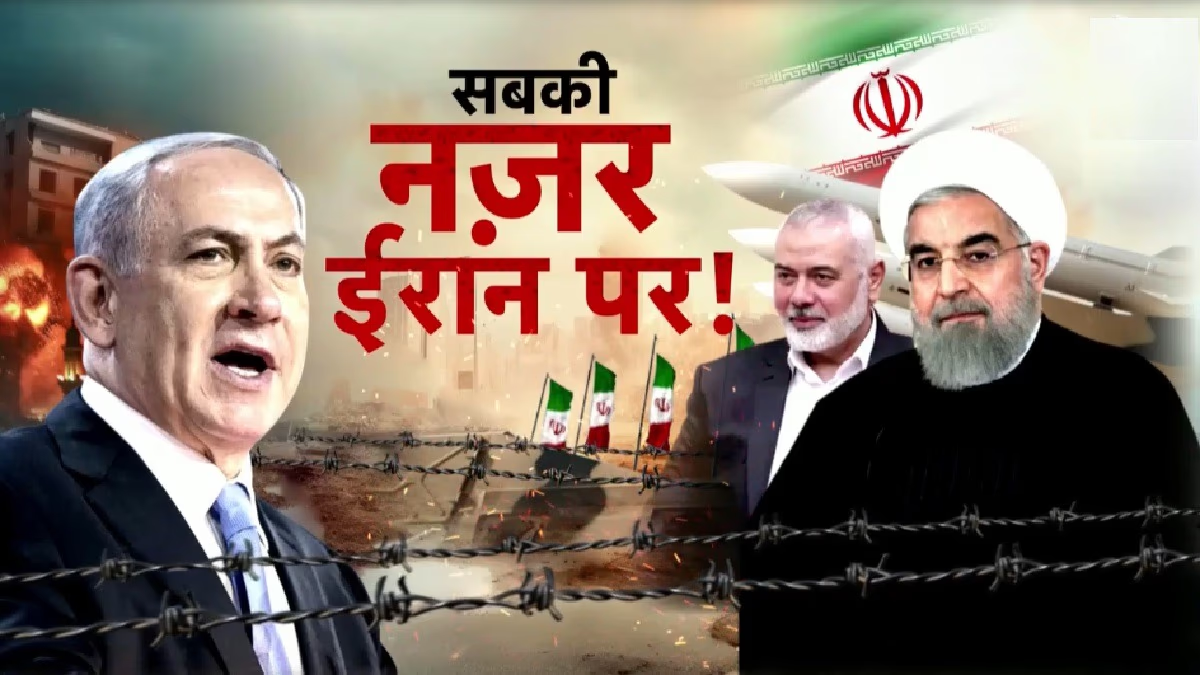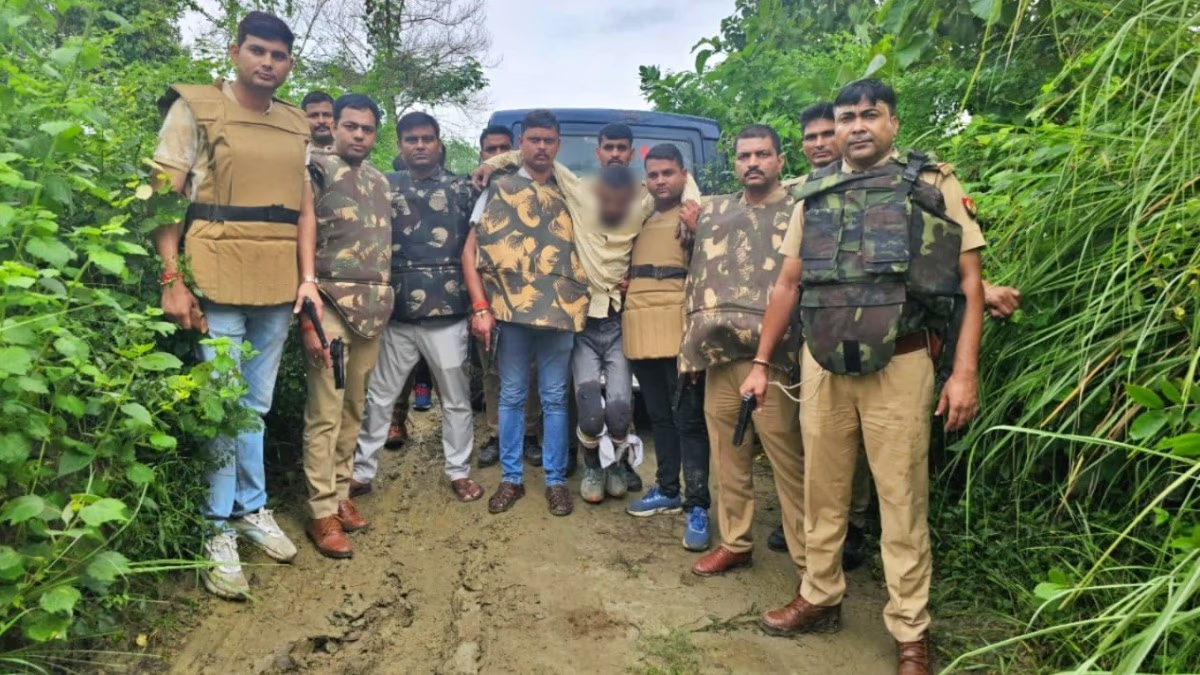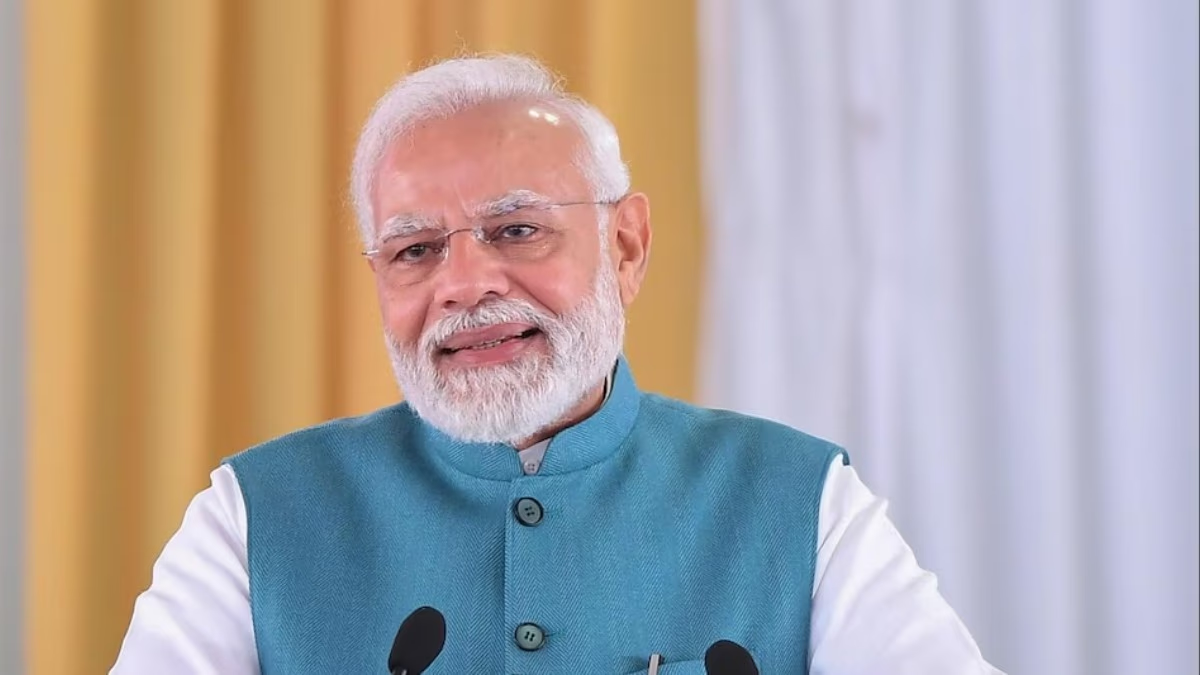The Inside Story of Hamas Chief Ismail Haniyeh’s Death:
For the first time, Israel remains silent after the death of a major adversary. Six days after the death of Ismail Haniyeh, the head of Hamas’ political bureau, Israel is evading responsibility. On the other hand, Iran is holding Israel accountable but has failed to explain how Haniyeh died. All eyes are now on Iran, anticipating a possible retaliatory attack on Israel, which could lead to war.
Israel’s Silence on Haniyeh’s Death
The death of Hamas Chief Ismail Haniyeh is a mystery baffling both Iran, on whose soil he died, and Israel, which is being blamed. Iran directly blames Israel but has not disclosed how Haniyeh died. Israel and its intelligence agency Mossad, known for claiming responsibility for such acts, have remained quiet for six days. This unusual silence has made Haniyeh’s death even more complex.
Khamenei’s Threat Leaves the US on High Alert
Despite this, Haniyeh’s death has reignited tensions in the Gulf. In response to Supreme Leader Ayatollah Khamenei’s threats of retaliation, the US has deployed warships throughout the region. The tensions are so high that the entire world is watching Iran. If Iran attacks Israel, a war is inevitable. However, before starting a war, Iran aims to identify and deal with internal enemies. Iran’s investigative agencies are engrossed in what is perhaps the most significant inquiry in recent times.
Suspicion Falls on Intelligence and Military Officials
The investigation revolves around how a bomb or missile reached the Nishat Compound in North Tehran, where Haniyeh was staying. According to Iranian and American media, about two dozen individuals, including senior Iranian intelligence and military officers and some staff from the guest house, have been arrested. Haniyeh’s death is seen as a failure of Iran’s elite Revolutionary Guard. Iranian officials suspect Mossad infiltrated and colluded with parts of their intelligence and military. However, Iran has yet to clearly explain to the world how Haniyeh died. Two theories are being presented.
The First Theory of Haniyeh’s Death
According to the Islamic Revolutionary Guard, a short-range missile was fired at the guest house room on the fourth floor where Haniyeh was staying, causing significant damage. They claim the missile carried around 7 kg of explosives. However, they struggle to explain how such large explosives caused minimal room damage and why the attacker had precise knowledge of Haniyeh's stay.
The Second Theory of Haniyeh’s Death
This theory suggests that a remote-detonated bomb was planted in Haniyeh’s room four to six weeks earlier. On July 31, when Haniyeh entered the room, the bomb was detonated at around 2 AM. This theory also points fingers at Iran’s intelligence and the Revolutionary Guard.
A Plot from Outside, Executed Inside
Both theories suggest the plot to kill Haniyeh originated outside Iran but was executed with internal assistance, possibly indicating involvement from within the Revolutionary Guard, who ensured security. Experts say Iran hasn’t provided clear information to protect the Revolutionary Guard from blame. Haniyeh’s death on Iranian soil has embarrassed Iran globally. Therefore, tying the incident to an external missile attack allows the Revolutionary Guard to save face.
The Guest House in Nishat Compound
Reports indicate that Haniyeh’s death was caused by a remote bomb, reportedly planted six to eight weeks before. Nishat Compound is a highly secure area in North Tehran managed by the Islamic Revolutionary Guard. Numerous guest houses within the compound host secret meetings and accommodate Iran’s special guests, including Haniyeh.
The Mistake Leading to Haniyeh’s Death
Haniyeh often stayed in the same guest house room in Nishat Compound during his Tehran visits, a mistake considering he frequently changed locations outside Qatar. This complacency allowed enemies to exploit the situation.
Israel’s Knowledge of Haniyeh’s Whereabouts
Israel knew Haniyeh frequently visited Tehran. Despite being able to target Haniyeh in Doha, Qatar, where he lived for seven years, Mossad avoided creating another enemy by attacking in a country key to Middle East negotiations and hostage dealings.
Mossad’s Strategy
Learning of Haniyeh’s quiet travels to Tehran, Mossad began planning his execution there. The challenge was pinpointing his Tehran accommodation as his visits were discreetly conducted without media coverage.
Mossad’s Information Gathering
Mossad spent years identifying Haniyeh’s secret lodgings and monitoring Nishat Compound’s security. Details like room locations facilitated the later discovery of Haniyeh’s exact accommodations within the compound.
Raisi’s Helicopter Crash Death
Completing the intel, the task was to promptly bring Haniyeh to Tehran. The plan accelerated following the fatal helicopter crash of Iranian President Ebrahim Raisi. Haniyeh’s attendance at the inauguration of Iran’s next president became the operation’s trigger.
Multiple Attack Options Considered
With knowledge of Haniyeh’s room, options included missiles, drones, or planes, each risking unintended casualties and overt conflict. Opting for precise damage to Haniyeh’s room, the method necessitated infiltrating Compound security—a task unachievable without internal collusion.
A Remote Bomb
Although it’s unclear how the bomb reached the room, evidence suggests it was placed two months prior and remotely detonated. Details of the remote’s operation or proximity remain undisclosed.
Bomb Detonation at 2 AM
Iranian security officials confirmed the remote bomb’s detonation at 2 AM local time, causing room damage but sparing adjacent spaces occupied by leaders of Palestinian Islamic Jihad and Ziad al-Nakhla. Quick medical response found Haniyeh deceased and a soon-expiring bodyguard.
Evidence Suggests Internal Bomb
The damage indicated an internal bombing, dismissing missile or drone attacks due to Iran’s stringent air defense systems, leading to the conclusion of a pre-planted internal bomb.
Announcement of Haniyeh's Death
Post-detonation news swiftly reached Quds Force command, Ayatollah Khamenei, and Revolutionary Guards, leading to a statement confirming the death and a strategic meeting for retaliatory plans against Israel.
Investigations Point to Internal Traitors
The Revolutionary Guard and Quds Force’s initial findings confirmed an internal bomb. Media changed narratives from initial missile claims, scrutinizing the compound’s security breach as unthinkable without internal betrayal, launching investigations into potential Mossad infiltrations.
Similar Assassination of Nuclear Scientist Mohsen
Haniyeh’s assassination mirrored Iran’s top nuclear scientist Mohsen Fakhrizadeh’s 2020 killing via AI-controlled weaponry. Reports by the New York Times, citing seven Middle Eastern and Iranian officials, aligned Haniyeh’s fatal setup to an internally placed bomb detonated remotely.




